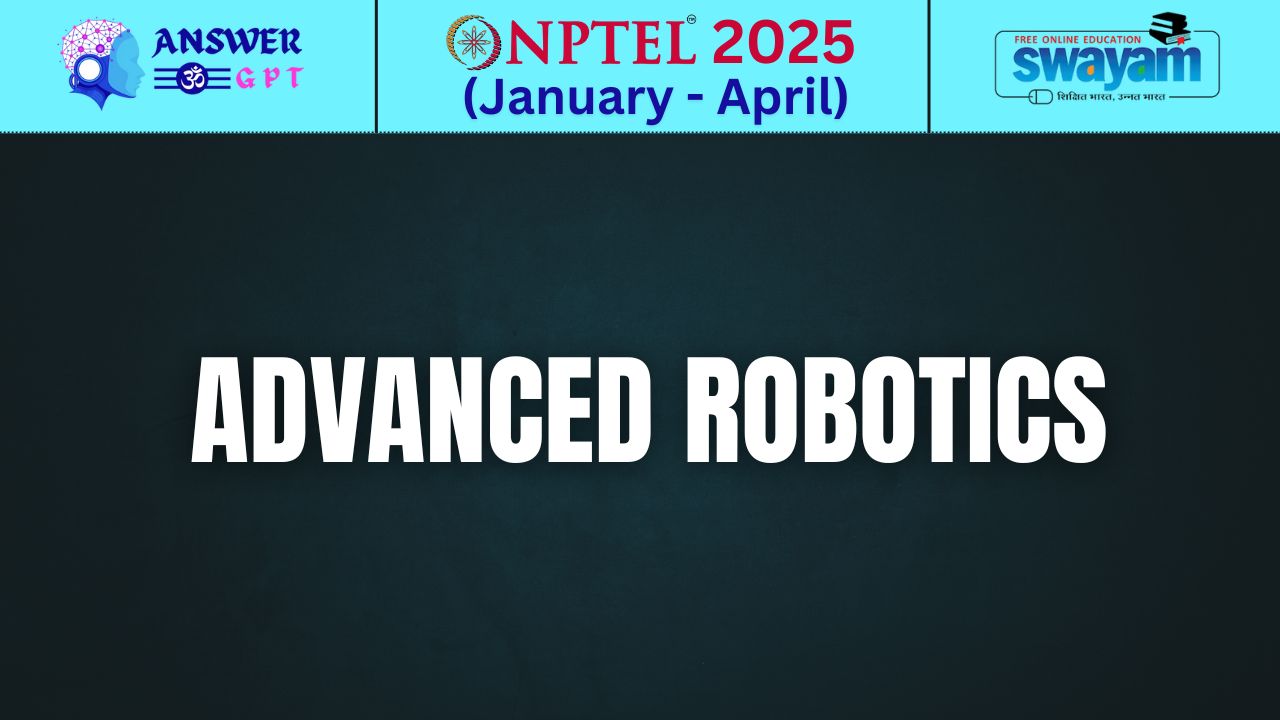Cloud Computing Week 3 NPTEL Assignment Answers 2025
NPTEL Cloud Computing Week 3 Assignment Answers 2024
1. Which of the following system/architecture follow(s) Quorum protocol for a large number of concurrent reads & writes?
Options:
a. Google File System (GFS)
b. BigTable
c. Dynamo
d. None of the above
Answer :- c ✅
Explanation: Amazon Dynamo uses the Quorum-based replication protocol to maintain availability and durability in distributed systems. It handles a large number of concurrent read/write operations effectively.
2. Statement 1: In ephemeral storage, the stored objects persist until the VM is terminated.
Statement 2: The ephemeral storage is managed by Cinder in OpenStack.**
Options:
a. Statement 1 is TRUE, Statement 2 is FALSE
b. Statement 2 is TRUE, Statement 1 is FALSE
c. Both statements are TRUE
d. Both statements are FALSE
Answer :- a ✅
Explanation:
- Statement 1 is TRUE: Ephemeral storage exists only as long as the VM is running.
- Statement 2 is FALSE: Cinder manages block storage, not ephemeral storage. Ephemeral storage is managed by Nova.
3. Column-oriented storage is efficient for data-warehouse workloads.
Options:
a. TRUE
b. FALSE
Answer :- a
Explanation: Column-oriented databases allow faster analytical queries on large data sets, which is ideal for data warehouses where reading specific columns is more frequent than writing rows.
4. Horizon is a _____________ self-service portal to interact with underlying OpenStack services.
Options:
a. mobile based
b. OS based
c. web based
d. None of the above
Answer :- c
Explanation: Horizon is the web-based dashboard provided by OpenStack, allowing users to manage instances, storage, and networking resources via GUI.
5. What is the parallel efficiency (Eff) of an algorithm, when a task takes time T in uniprocessor system, P is number of processors, M is time taken by each processor?
Options:
a. Eff = (TP)/M
b. Eff = T(M/P)
c. Eff = TPM
d. Eff = T/(P*M)
Answer :- d
Explanation:
Parallel Efficiency Eff=Sequential Time (T)P × Time per processor (M)=TP⋅M\text{Eff} = \frac{\text{Sequential Time (T)}}{\text{P × Time per processor (M)}} = \frac{T}{P \cdot M}Eff=P × Time per processor (M)Sequential Time (T)=P⋅MT
6. In cloud, service downtime is 30 minutes and availability of the service is 0.80. What is the service uptime?
Options:
a. 120 minutes
b. 60 minutes
c. 150 minutes
d. 135 minutes
Answer :- c
Explanation:
Availability = Uptime / (Uptime + Downtime)
Let uptime = x.
Then, 0.80 = x / (x + 30) → Solve gives x = 120
Total = 120 + 30 = 150 minutes
7. Which of the following is/are NOT SLA requirement(s) of PaaS cloud delivery model?
Options:
a. Data Retention and Deletion
b. Privacy
c. Machine-Readable SLAs
d. Certification
Answer :- a, c
Explanation:
PaaS SLAs generally do not mandate things like Data Retention or Machine-Readable SLAs as critical requirements, though they are more relevant for IaaS or SaaS. Privacy and Certification are standard requirements.
8. What does the ‘availability’ metric represent in the monitoring and auditing of SLAs?
Options:
a. The speed at which a service responds
b. How often the service is available
c. The ability for a resource to grow infinitely
d. The percentage of uptime for a service
Answer :- d
Explanation:
Availability refers to the percentage of time that a system is operational and accessible during a given period.
9. What architecture is used in a parallel database for the efficient execution of SQL queries?
Options:
a. Shared memory architecture
b. Shared disk architecture
c. Shared nothing architecture
d. Shared cache architecture
Answer :- c
Explanation:
Shared-nothing architecture is preferred in parallel databases as each node operates independently, avoiding bottlenecks and improving scalability and fault tolerance.
10. ______________ is used for networking services in OpenStack.
Options:
a. Keystone
b. Neutron
c. Cinder
d. Swift
Answer :- b
Explanation:
Neutron is the OpenStack service that handles networking, including IP address management, DHCP, routing, and firewalling.
- Keystone → Identity
- Cinder → Block storage
- Swift → Object storage

![[Week 1-12] NPTEL Cloud Computing Assignment Answers 2025](https://answergpt.in/wp-content/uploads/2025/01/Cloud-Computing-2025.jpg)

![[Week 1-12] NPTEL Cloud Computing Assignment Answers 2024](https://answergpt.in/wp-content/uploads/2024/01/NPTEL-Cloud-Computing-Assignment-Answers-2024.jpeg)


